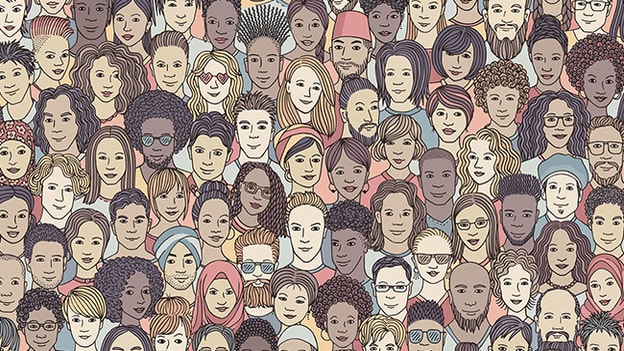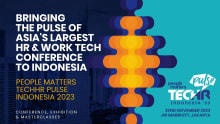Why investment in human capital has been such a 'late starter'

From virtual corporate boardrooms to industry think-tanks and HR conclaves, the COVID-19 pandemic has transformed the way we think about skills for the future. Resiliency, agility and empathy are now trending high, and expected to hold centre stage for a while. But these behavioural skills didn’t just appear overnight on title slides. Why, then, have they figured so little in the business discourse, in the past? And why has so little been done to nurture behavioural competencies?
A 90-second peek into history tells you why
The Industrial Revolution that began in England in the last 18th century soon changed the ecosystem across the globe irreversibly – from a workplace of manually crafted goods to mechanised, assembly line–based production across a whole range of products. Mass production became the order of the day. This approach demanded repetition, consistency and above all, absolute discipline, from its ranks of workers – not originality, individuality or creative thinking. Jobs and skills were narrowly defined, based on the division of labour. Roles were created within organisations by replicating these jobs on a large scale. Not surprisingly, this warranted a command-and-control style of management, the supervisor handing out instructions, and regiments of factory workers carrying them out mechanically.
As time passed and the needs of the age changed, there was an ever-increasing demand on the skill level of workers. Manufacturing a steam engine was far more complicated than that of cobbling a shoe, similarly a spaceship when compared to a steam engine. Many intricacies emerged in the business process, generating new roles. But while these roles required more sophisticated skills, on the whole they were still rather narrowly defined. Programmers might have but are not required to be possessed of aesthetic sensibilities. That’s on the other hand mandatory for visual designers, who in turn might but are not required to be great people-managers, and so on.
It’s only very recently, that the unprecedented level and pace of adoption of emergent technologies, powered by automation and machine learning, are driving a seismic change in the demand for skills required at the workplace. While routine, repetitive jobs are being automated, those that remain and the new openings created – require not just greater technical savvy, but a whole range of higher-order behavioural competencies. The current global pandemic has further accelerated the tectonic shift in demand.
The challenge is compounded by the fact that the best of intentions notwithstanding, companies still tend to dither, when commencing any project centred on purely human-centric competencies. So, what makes investment in human capital a relatively difficult undertaking?
The answer is threefold
First, the challenge of behavioural assessment and training. Unlike their domain or technical counterparts, behavioural skills are harder to identify and assess. Sure, there are a number of accurate and reliable psychometric tools, but gleaning insights from the reports and using them to shape human-centric initiatives requires considerable specialist skill. The task becomes far more difficult, when it comes to designing training interventions, delivering them effectively and tracking progress accurately. Training entire cohorts or departments of a large multinational company on a new programming language or new accounting standards or compliance measures may be a daunting task. But it pales in comparison to the complexities and nuances of an initiative aiming to enhance resilience (for which the training methodology and effectiveness are still evolving), at an individual, departmental and organizational level.
Second, the way we view intrinsically human-centric projects, such as change management. Two decades into the 21st century, we still tend to think in terms of old, mechanistic formulations. A company is a complex machine, and its employees – all rational agents – are cogs therein. A change is a sporadic occurrence, as opposed to being a continuous phenomenon. With enough data and analytical capability, therefore, a change can be addressed adequately. Frameworks and tools abound. The emphasis is on predictability, precision, procedural rigour. But there’s little to no focus on all the humans who’re going to be affected by it.
Third, the way our education system is structured heavily around science, technology, engineering and mathematics (STEM). Proposed in the US during the mid ‘90s, as a response to a shortage of technical and engineering skills, this methodology spread across the globe, especially in IT and allied industries, supporting the Technology Revolution. But the blue-eyed sector has lost some of its sheen, and sectors across the board are witnessing a higher demand for behavioural proficiency. But even today, ‘hard skills’ continue to dominate academic curricula, at the expense of the so-called ‘soft skills’. The STEM model, which served us so well in the past, is no longer sufficient – in the new paradigm. On the other hand, due to this very pedagogical legacy, leaders who’ve been equipped with highly evolved analytical skills but not behavioural ones, find themselves in a quandary.
A truly effective programme of investment in human capital is not the one with the smartest frameworks and toolkits. It’s the one that reflects genuine sensitivity to people’s needs, the courage to say ‘Employees First!’, and the perseverance to carry things to closure, and deliver on promises. And to do this not out of compulsion, but total conviction.















